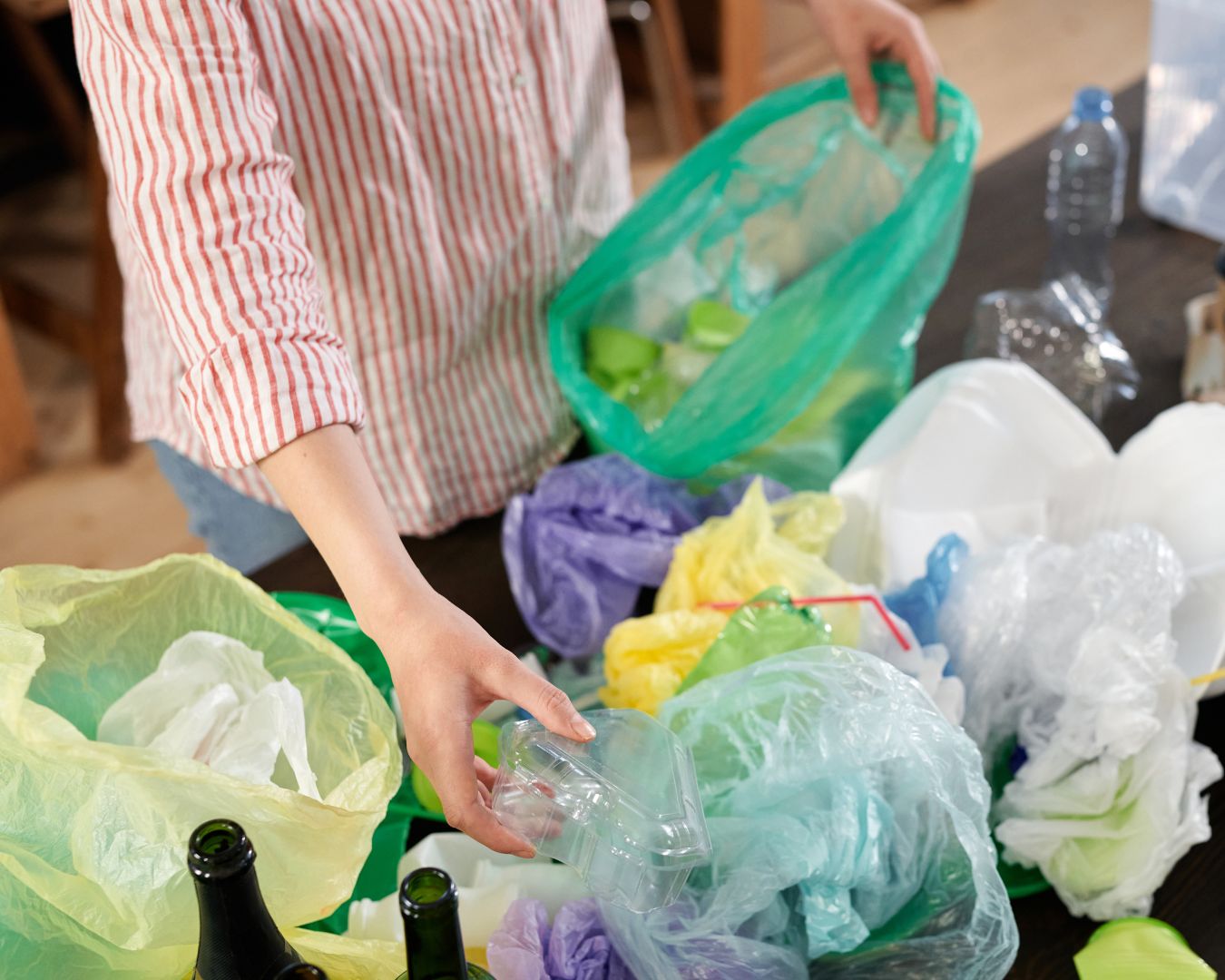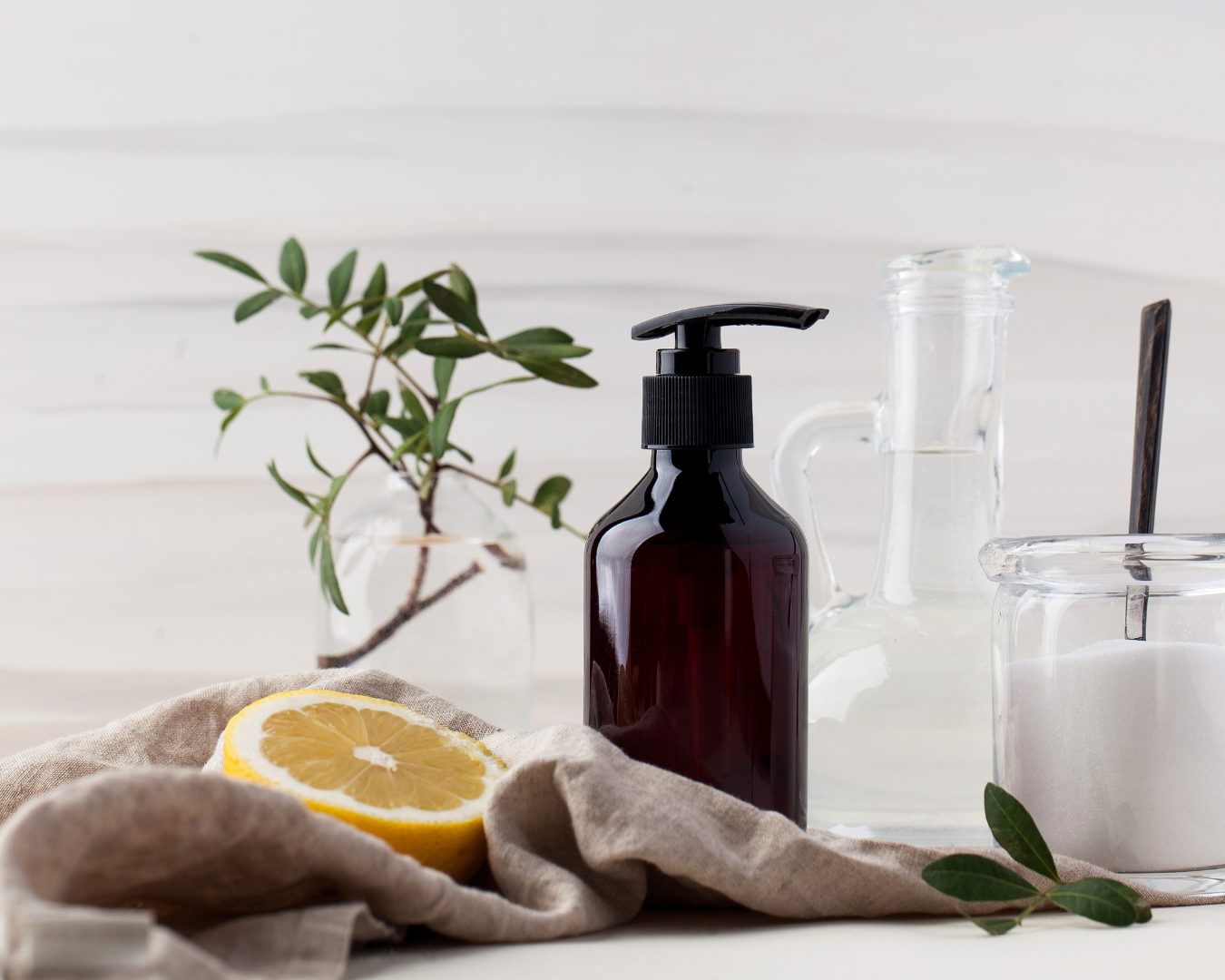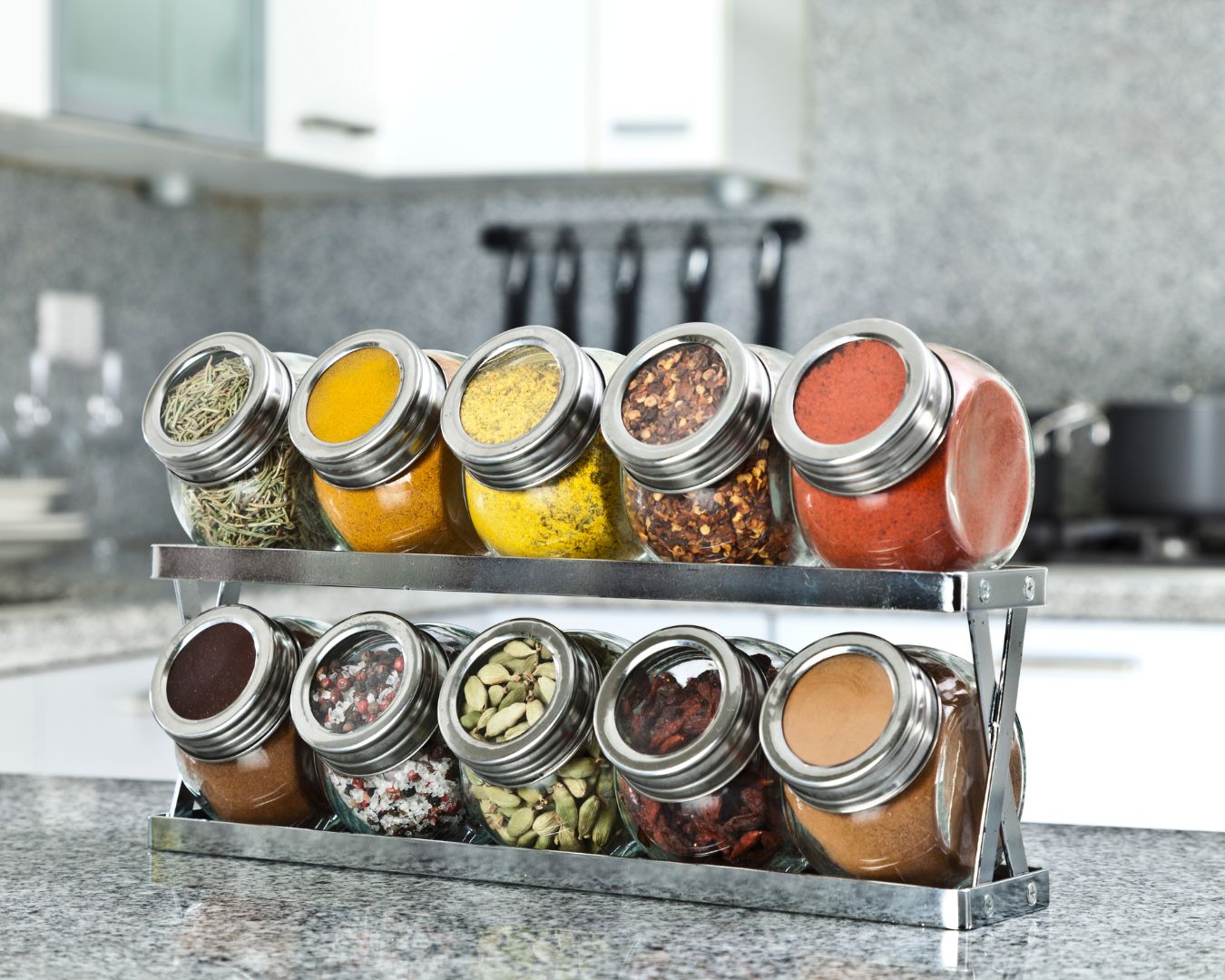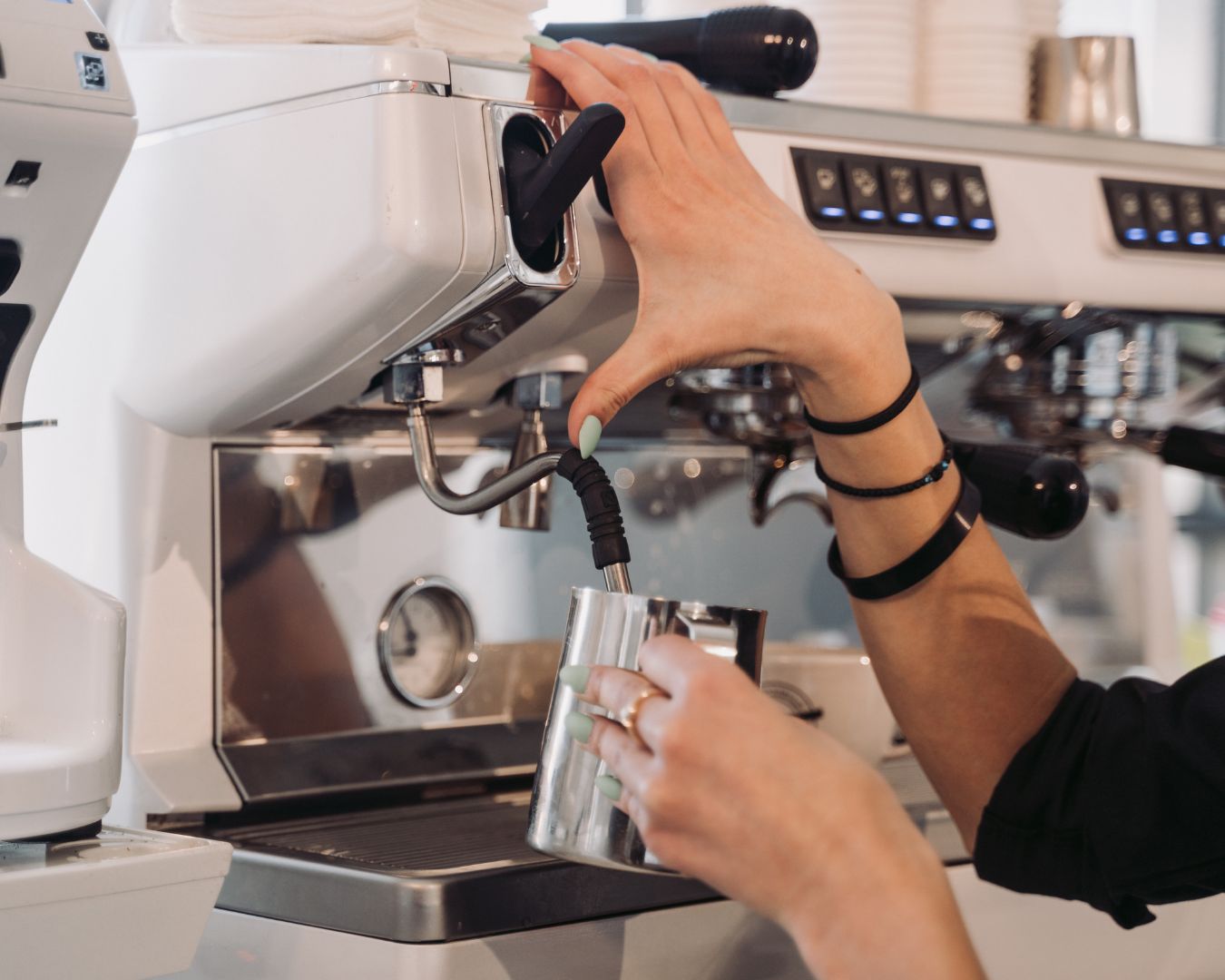How to Maintain and Care for Stainless Steel Appliances: Keep Your Kitchen Looking Brand New
Stainless steel appliances have become the gold standard in modern kitchens, and for good reason. They offer a sleek, professional appearance that works with virtually any design style while providing durability that lasts for decades. However, keeping stainless steel looking its best requires more than just occasional wiping down. Understanding proper care techniques will help your appliances maintain their stunning appearance and protect your investment for years to come. Many homeowners struggle with water spots, fingerprints, and streaks on their stainless steel surfaces. The good news is that with the right knowledge and techniques, maintaining stainless steel appliances becomes much easier. You don’t need expensive specialty products or professional cleaning services – just the right approach and consistent care. Understanding Your Stainless Steel Finish Not all stainless steel finishes are created equal. Most appliances use either brushed or polished stainless steel, and each requires slightly different care approaches. Brushed finishes have a directional grain that helps hide fingerprints and scratches, while polished finishes offer a mirror-like shine but show marks more easily. The grain direction in brushed stainless steel is crucial for proper cleaning. Always clean in the direction of the grain, never against it. Cleaning against the grain can create scratches and make your appliances look dull over time. If you’re unsure about the grain direction, look closely at the surface in good light – you should be able to see the subtle lines that indicate which way to clean. Some manufacturers apply protective coatings or special finishes to their stainless steel appliances. These fingerprint-resistant finishes make daily maintenance easier but may require specific care instructions. Check your appliance manual for any special requirements before using cleaning products. Understanding the grade of stainless steel also helps with care decisions. Higher grades like 304 stainless steel resist corrosion better and are easier to maintain than lower grades. This information is usually available in your appliance documentation. Daily Cleaning Routine That Works The key to beautiful stainless steel appliances is consistent daily care rather than intensive deep cleaning sessions. Developing a simple routine prevents buildup of grease, fingerprints, and water spots that become harder to remove over time. Start each day by wiping down your appliances with a clean, damp microfiber cloth. Microfiber is ideal because it picks up dust and light soil without scratching the surface. Always wipe in the direction of the grain, using long, smooth strokes rather than circular motions. For everyday cleaning, warm water often works perfectly well without any cleaning products. This gentle approach prevents chemical buildup while removing surface dirt and fingerprints. Dry immediately with a clean, dry microfiber cloth to prevent water spots from forming. Pay special attention to high-touch areas like handles, control panels, and the areas around faucets. These spots accumulate oils from hands and need more frequent attention. A quick daily wipe prevents these oils from building up and becoming harder to remove. Don’t forget about the sides and back of appliances that are visible in your kitchen. Dust and grease can settle on these surfaces, making your appliances look dingy even if the fronts are clean. The Right Products for Stainless Steel Care While many commercial stainless steel cleaners are available, you don’t always need specialty products to keep your appliances looking great. Some of the most effective cleaning solutions are probably already in your kitchen. Dish soap mixed with warm water creates an effective, gentle cleaner for most stainless steel surfaces. Use just a few drops of mild dish soap in a spray bottle filled with warm water. This solution cuts through grease and fingerprints without being harsh on the finish. White vinegar works exceptionally well for removing water spots and mineral deposits. Mix equal parts white vinegar and water in a spray bottle for tough spots. The acidity in vinegar dissolves mineral buildup that plain water can’t remove. Always rinse thoroughly after using vinegar to prevent any potential etching. For stubborn fingerprints and smudges, rubbing alcohol on a microfiber cloth can be very effective. The alcohol evaporates quickly, reducing the chance of streaking while cutting through oils from fingerprints. Commercial stainless steel cleaners can be useful for weekly deep cleaning or particularly stubborn spots. Look for products specifically designed for stainless steel rather than general-purpose cleaners. These products often contain oils that help protect the finish while cleaning. Baby oil or mineral oil can add shine and create a protective barrier against fingerprints when used sparingly. Apply a tiny amount to a microfiber cloth and wipe in the direction of the grain. This technique works particularly well on refrigerator doors and other high-touch surfaces. What to Avoid: Products That Can Damage Stainless Steel Knowing what not to use is just as important as knowing what works well. Many common household cleaners can damage stainless steel finishes permanently, so avoiding these products protects your investment. Bleach and chlorine-based cleaners can cause pitting and discoloration in stainless steel. Even small amounts can start corrosion processes that worsen over time. If you accidentally use a chlorine product, rinse thoroughly with clean water immediately. Abrasive cleaners, steel wool, and scouring pads will scratch stainless steel finishes. Once scratches occur, they’re very difficult to remove and can make your appliances look worn and old. Stick to soft cloths and non-abrasive cleaning tools. Ammonia-based cleaners can discolor stainless steel and should be avoided. Many glass cleaners contain ammonia, so check labels carefully before using any cleaning product on your appliances. Cleaners containing hydrochloric acid, muriatic acid, or other strong acids can permanently damage stainless steel. These ingredients are sometimes found in rust removers and heavy-duty bathroom cleaners. Paper towels, while convenient, can actually scratch stainless steel surfaces and leave lint behind. The rough texture of paper towels makes them unsuitable for delicate finishes. Stick to microfiber cloths for best results. Never use oven cleaner on stainless steel surfaces, even if part of your range or oven has stainless steel exterior panels. These cleaners are far too harsh and will damage the finish. Removing










